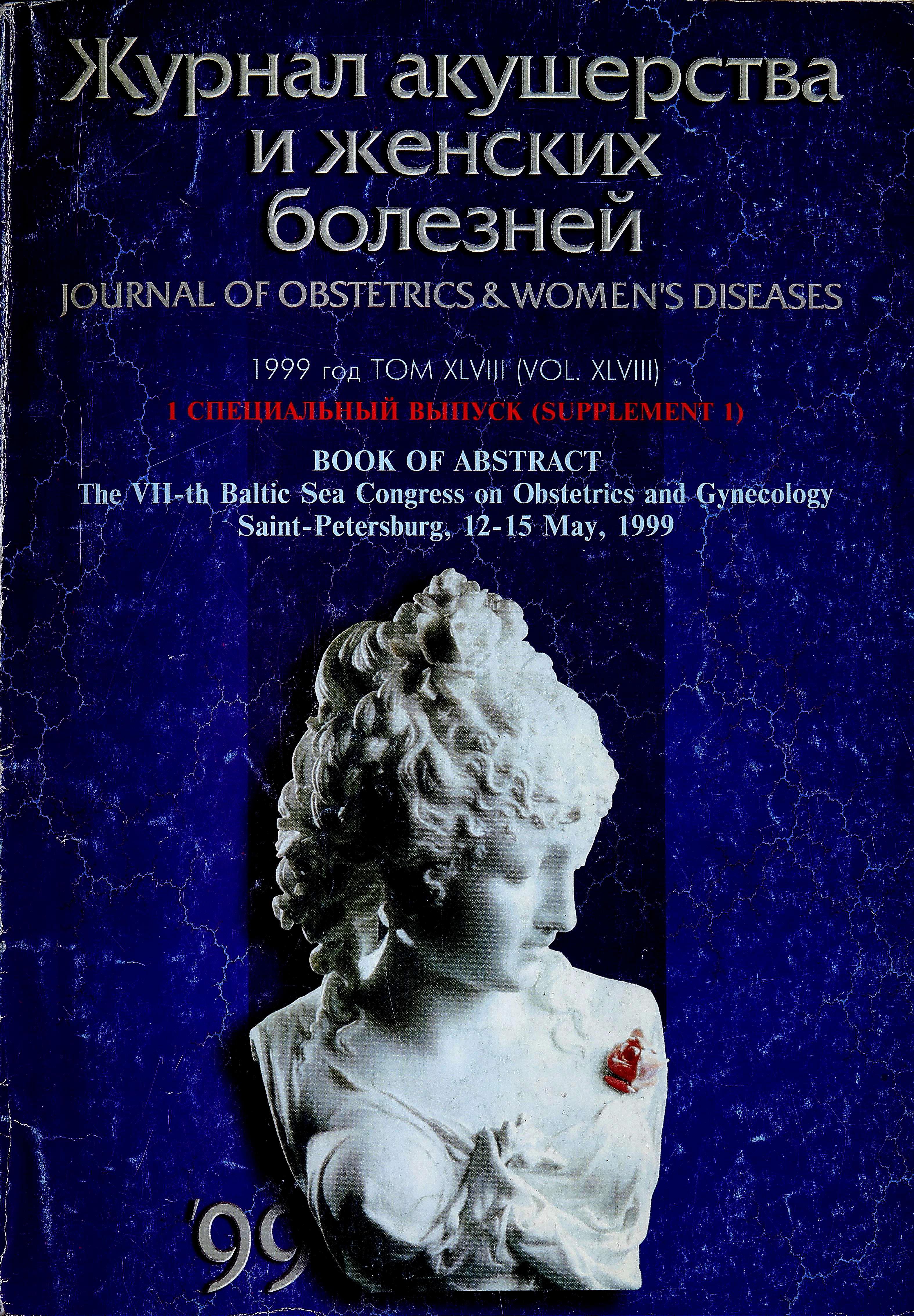Neoadjuvant chemotherapy with Epirubicin / Cyclophosphamid high dose in locally advanced breast cancer (T2-T4/NO-N2/MO)
- Authors: Dresel R.V.1, Feltmann K.1, Tulusan A.H.1
-
Affiliations:
- Klinikum Bayreuth
- Issue: Vol 48, No 5S (1999)
- Pages: 128-128
- Section: Articles
- Submitted: 21.02.2022
- Accepted: 21.02.2022
- Published: 15.12.1999
- URL: https://journals.eco-vector.com/jowd/article/view/101355
- DOI: https://doi.org/10.17816/JOWD101355
- ID: 101355
Cite item
Full Text
Abstract
Objective: The timing of chemotherapy (CHT) in relation to surgery has recently been the subject of intensive investigations. The response of the primary tumor is a reliable prognostic factor and can in addition be regarded as an “in vivo” chemosensitivity test Is it possible to achieve a higher rate of breast conserving therapy (UCT) on locally advanced breast cancer by neoadjuvant treatment? The efficiency on the primary tumor and on the lymphatic nodes will be presented.
Full Text
Objective: The timing of chemotherapy (CHT) in relation to surgery has recently been the subject of intensive investigations. The response of the primary tumor is a reliable prognostic factor and can in addition be regarded as an “in vivo” chemosensitivity test Is it possible to achieve a higher rate of breast conserving therapy (UCT) on locally advanced breast cancer by neoadjuvant treatment? The efficiency on the primary tumor and on the lymphatic nodes will be presented.
Method: 61 patients (pts) with breast cancer primarily not suitable for BCT were treated with 3 cycles of Epirubicin (120 mg/m) and Cyclophosphamid (600 mg/m). To prevent serious neutropenic side effects G-CTS was applied prophylactic. 2-3 weeks after the 3rd cycle surgery was performed. Pathologic evaluation of the tissue followed.
Results: After neoadjuvant chemotherapy BCT could be performed in 47pts. (76%). In 15pts. a modified radical mastectomy could not be avoided. 458% of the axillary lymphatic nodes that were clinically positive before treatment converted to pathological negative nodes after CHT. Tumor stage was: 2 times ypTO (3.2%), 3 times ypTis (4.9%), 2 times ypTI (34.6%), 22 times ypT2 (36%), 6 times ypT3 (9.8%), 5 times ypT4 (4.9%) and 2 times ypTx (3.2%). According to the clinical and histological results, the overall response rate (CR+PR) was calculated: RR=68,9%. Clinical complete remissions were found in 14.8% of all tumors, but complete pathological remission was observed in only 34%. 19 breast cancers (31,1%) showed only less than 20 percent decrease after CHT (Stable Disease, SD), but there were still some patients in this group who could be treated with BCT.
Conclusion: Downstaging of locally advanced breast cancer is possible by neoadjuvant chemotherapy, BCT was enabled in 76%. 68.9% of the tumors responded to this therapy with a reduction of the tumor size of more than 20%.
About the authors
R. V. Dresel
Klinikum Bayreuth
Author for correspondence.
Email: info@eco-vector.com
Germany
K. Feltmann
Klinikum Bayreuth
Email: info@eco-vector.com
Germany
A. H. Tulusan
Klinikum Bayreuth
Email: info@eco-vector.com
Germany
References
Supplementary files







